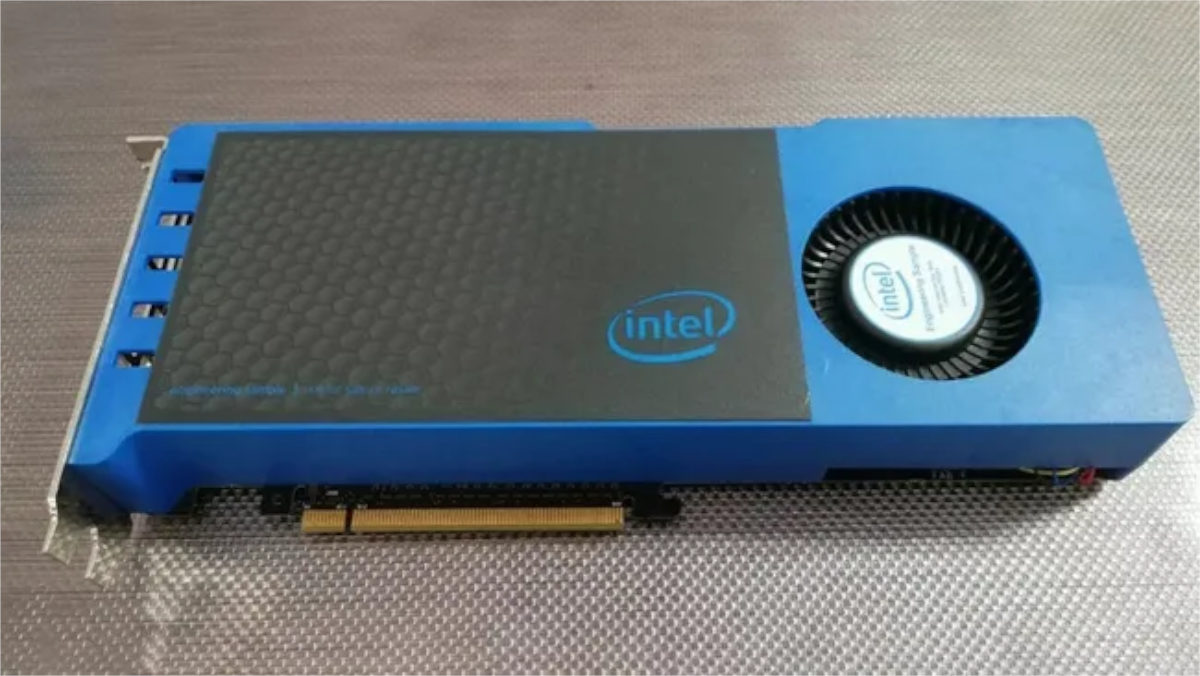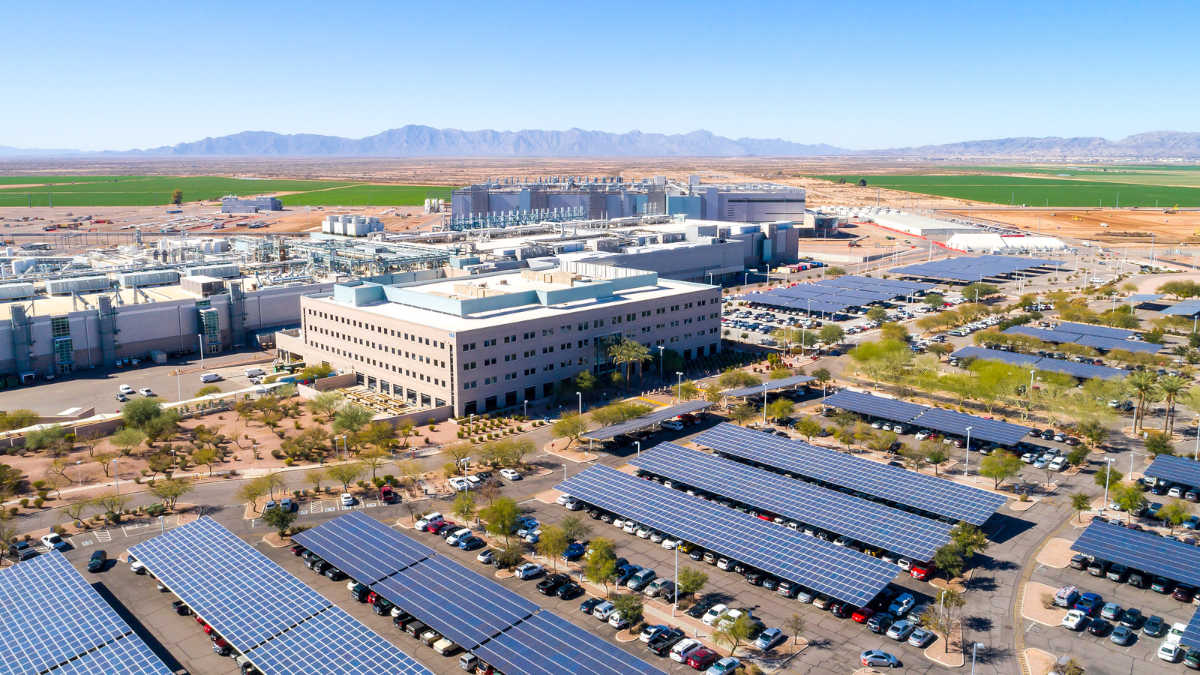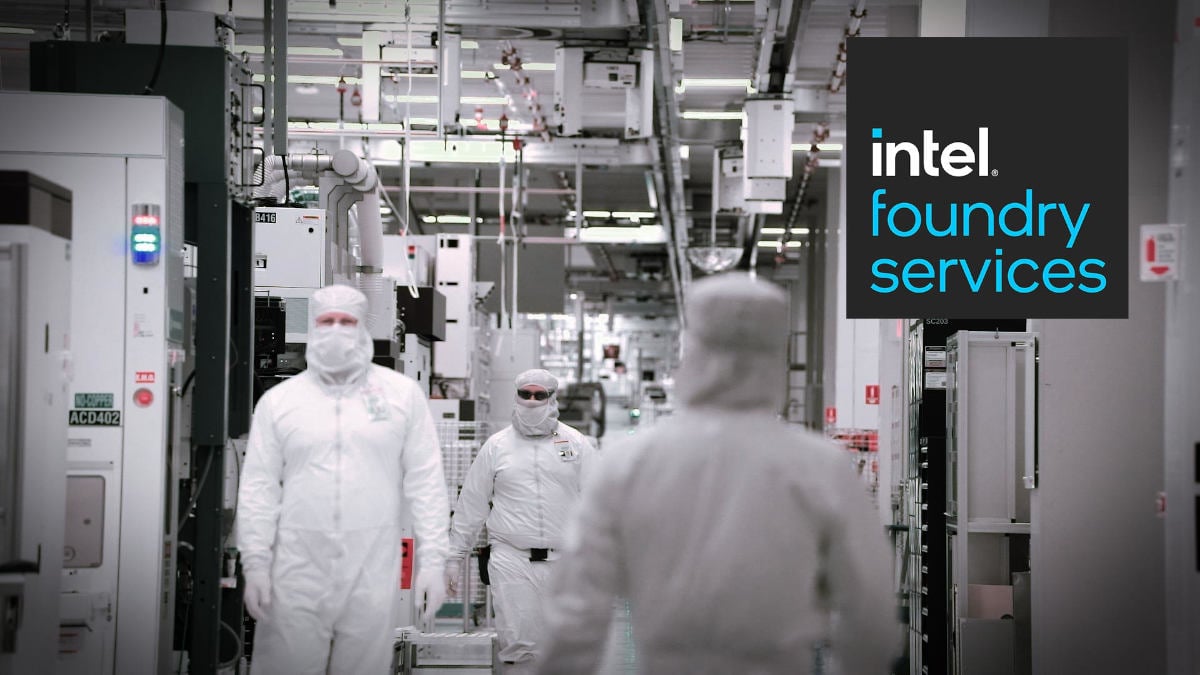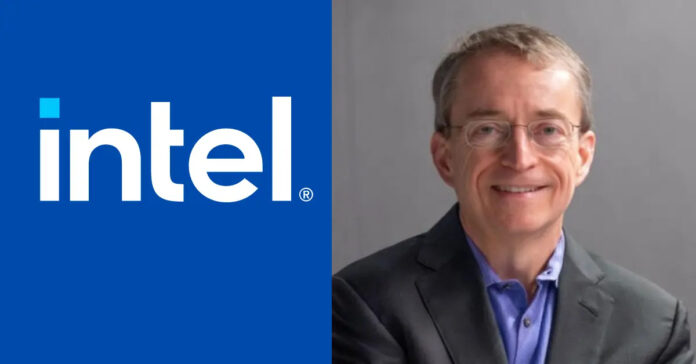Despite being one of the big three in the tech industry, Intel has faced numerous setbacks and challenges in recent years. It’s no secret that AMD’s Zen architecture and Nvidia’s meteoric rise in the AI space has caused the company to lose considerable market share. Now, Intel’s CEO has gone on record about the brand’s three biggest mistakes that led to these setbacks. That takes some cojones.
In a candid interview with Digit, Pat Gelsinger admitted that one of the company’s first mistakes was Intel’s failure to make inroads into the smartphone market, which is now dominated by ARM-based chips.
The Intel Atom range of low-powered CPUs for smartphones, netbooks, and notebooks alike showed some great promise in the early years of its existence. Heck, even I have fond memories of my little Atom Acer One that featured Intel’s 1st Gen Atom Dual Core processor. It was a damn fine piece of hardware for its time.
Sadly, Atom failed to compete with the efficiency and performance of ARM-based SOCs. To make matters worse, after finding very limited success with its first smartphones in 2012, the company quietly cancelled any further attempts by 2016.

In doing so, Gelsinger admitted that Intel missed the opportunity to power billions of smartphones with its x86 architecture, which could have given the company a massive advantage in the mobile space.
The second failure, according to Gelsinger was the Larrabee project. Even the most average tech enthusiast like myself knows that before the success of Intel Arc Alchemist, Intel has attempted on numerous occasions since the early 2000’s to bring forth its first ever discrete GPU. We’ve read the rumours, seen all the speculation, and there’s even a working prototype that sold on Ebay France for a whopping €4,650 in early 2022.

Nonetheless, Larrabee was intended to be a general purpose GPU for both graphics and computing applications. The project’s life ended as soon as it started with a public announcement in 2009, followed by a swift cancellation in 2010. According to Gelsinger, Larrabee was ahead of its time, and could have been a game-changer for Intel in the GPU and AI markets, which are now dominated by Nvidia. Bummer.
Gelsinger also criticized Intel’s acquisition of five AI tech companies, which he says would have been unnecessary if the company had stuck it through and launched Larabee. He did not mention the specific acquisitions, but we can assume he was referring to Nervana, DeepLabs, and Granulate to name but a few.

The third and final failure, Gelsinger said, was Intel’s lack of focus on “building a great foundry.” He admitted that Intel was “fundamentally biased” to building cutting-edge foundries, but at the expense of the products themselves. He further explained that the company was too aggressive in its pursuit of process technology leadership which directly resulted in delays and defects in its 10nm node.
Another setback Gelsinger mentioned is that Intel did not open up its foundries to other customers, which would have helped the company diversify its revenue and improve its capacity utilization.
Adding my two cents, I would say that Intel for the longest time dominated the CPU market and enjoyed tremendous success. This was particularly due to AMD not bringing serious competition, and Intel resting on its laurels, in my humble opinion. A lack of innovation caused stagnation and a particularly slow evolution of current technologies.

Nonetheless, Gelsinger said that he is hard at work to rectify these mistakes and restore Intel’s leadership in the chip industry. Intel as we know, is already investing loads of cash into creating new foundries across the globe, with particular interest in the US. Besides this, the company is also launching a new foundry business called Intel Foundry Services, which will offer its process technology to other chipmakers including its competitors.
Intel’s also reportedly committed to innovation and excellence, hoping to push the boundaries of its products both in performance and efficiency across various segments. Cue, Meteor Lake.
“You know, the CEO or two from now will look back and say, ‘Pat was an idiot, because he didn’t jump on at the right time,’ so you know, these things are hard [and] you don’t get them all right,” says the man himself. “But I would say those were three things that Intel, I think, was uniquely positioned to deliver on.”

